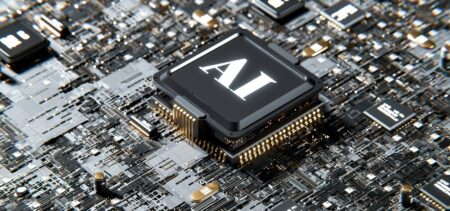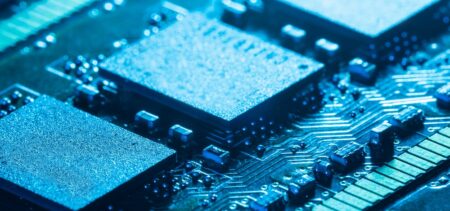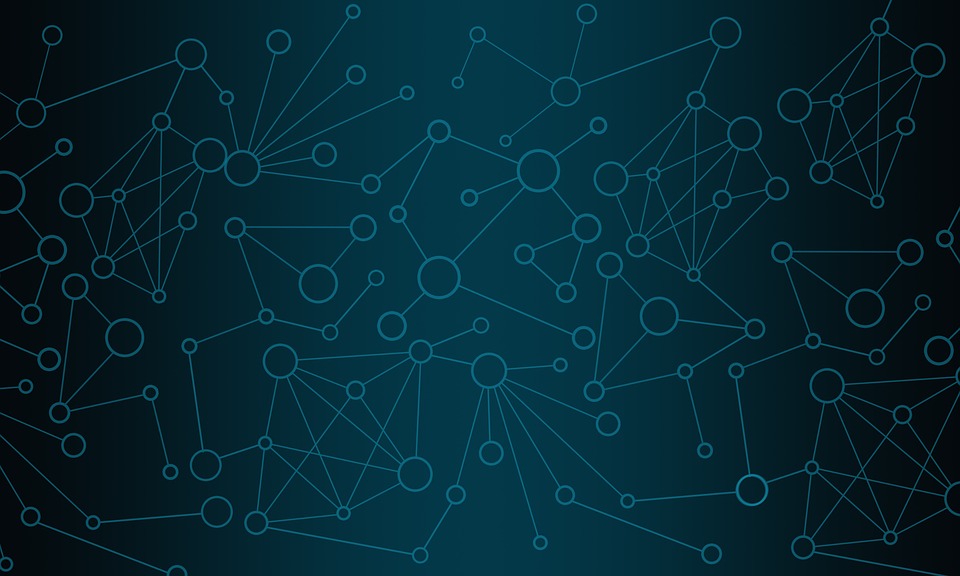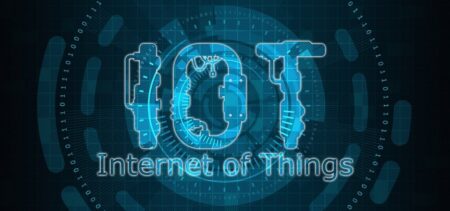What if paying for unnecessary features actually is unintentional and could be avoided for some technologies, especially at the micro level? It surely seems to be the case for high-speed, high-bandwidth LTE chipsets. Supporting a lower speed would suffice for the particular network necessities of IoT sensors, while also being more energy and cost efficient.
The news in LTE chipsets
The fact that a second generation of IoT-destined chipsets needs to be lower in speed instead of higher motivated the production of the new Cat-M LTE Sequans chipsets: these Monarch chipsets come with a RF transceiver, baseband, RAM and power management and support both of the narrowband categories defined in the Release 13 standard: Cat M1 (formerly known as Category M), 1.4 MHz bandwidth; and Cat M2 (formerly known as NB-IoT), 200 kHz bandwidth.
In a slim form (6.5×8 mm), the new Monarch will further integrate Cat-M LTE modules by Gemalto.
The price will be half the current price of Category-1 modules, roughly $8, with hopes of approaching $6 in the future, thus competing in the range of 2G solutions, which could be replaced in the future by the Cat-M chipsets.
The biggest US customer for Sequans is Verizon, and the chipset producer decided to launch the new chip ahead of standard in a preview of their partnership. This solution is to be tried out with other partners as well, since its Single-SKU characteristic makes it attractive to just about any carrier company.
As FierceWireless puts it, this move is part of the roadmap towards the goal of “narrowband-LTE (…) sub-$5 modules” – in the words of Chris Penrose, SVP of AT&T Mobility’s IoT Solutions.
Category M LTE chipsets
Also called eMTC, Cat M LTE can be explained as a radio system that works anywhere and has an amazing coverage; data can travel two-ways via this types of networks, its terminals should be cheap to produce and efficient to use, while the design allows their batteries to last up to 10 years, since the energy consumption would be extremely low.
This type of wireless telecommunications aims to make connectivity more stable and strong, by tailoring the network components to their precise purpose in an IoT sub-system.
The simpler way to explain it would be “cellular for M2M communications”, the LTE range. The mature 2G and 3G networks accommodate the already existing connections, but the upper end of the LTE range would not fit the needs of M2M networks, since the bandwidth is unnecessary wide and the costs unnecessary high.
Therefore creating a special, dedicated type of LTE chipsets connectivity makes sense and it set to meet the needs of the developing IoT. By placing this LTE specification somewhere at the low end and dropping the transmit power, the CMOS die radio integration became available. However, the specialists estimate that cooperation is crucial for all IoT standards to be implemented in this niche position. Further away, once this standards are perfected and implemented, the 5g specification would in turn be able to adopt them and thus make the necessary connection with the Internet of Everything.
Category M technology contextualized
The quest for reduced energy consumption (if not simply eliminating the power necessities) in the networking field has motivated the emergency of LPWANs (low-power wide-area networks).
Supported by renowned tech companies such as Cisco, IBM, or Gemalto, the LoRa Alliance designed the LoRAWAN networking protocol especially for low-cost, battery-operated sensors.
Other LPWAN networks are Haystack, NarrowBand IoT, NWave or Sigfox.
The new Monarch chipset would meet the needs of type of networks, sensor-wise, opening the road for a category of cheaper technology that does not translate into less efficiency, but rather into a more appropriate coupling between necessity and technical delivery.
The Sequans press release published by Fierce Wireless also specifies the representative applications for the new chipset: utility meters, fitness bands, smart watches, healthcare monitors, asset trackers, industrial sensors, smart city controllers, home automation – all in the range of the already well-known Internet of Things.
Set this against the background of estimated (almost) 1.5 billion connections by 2020, and the new type of Category M modules have the potential of becoming a hit.
Other Cat M developments
The year 2016 has registered so far other Category M – related events, too.
In January, Nokia and Korea telecom (KT) have completed their collaborative field trial of LTE-M in what they called the first field trial, powered by Nokia’ Flexi Multiradio 10 base station. The trial, which used only 1.4MHz of a full 20MHz LTE system, was successful and it demonstrated the “capabilities of LTE as a veritable backbone for a growing range of IoT use cases”, according to Andrew Cope, CEO of Nokia South Korea, as quoted by Rethink Wireless. The two companies spoke of this trial as being a world premiere.
Another announcement regards the delivery in June 2016 of ALPSLite M’s first version – coming from NextG-Com, UK. This would support 3GPP release 13 cat-M, destined for M2M (Machine-to-Machine) markets.
In conclusion, lower speed, lower-end sensors are a better fit for the current and future necessities of large scale IoT connectivity reflected in sensor networks. Adapting hardware productions to the specific bandwidth requirements would both increase efficacy and lower the overall costs, having a great potential of speeding up the IoT adoption itself.























